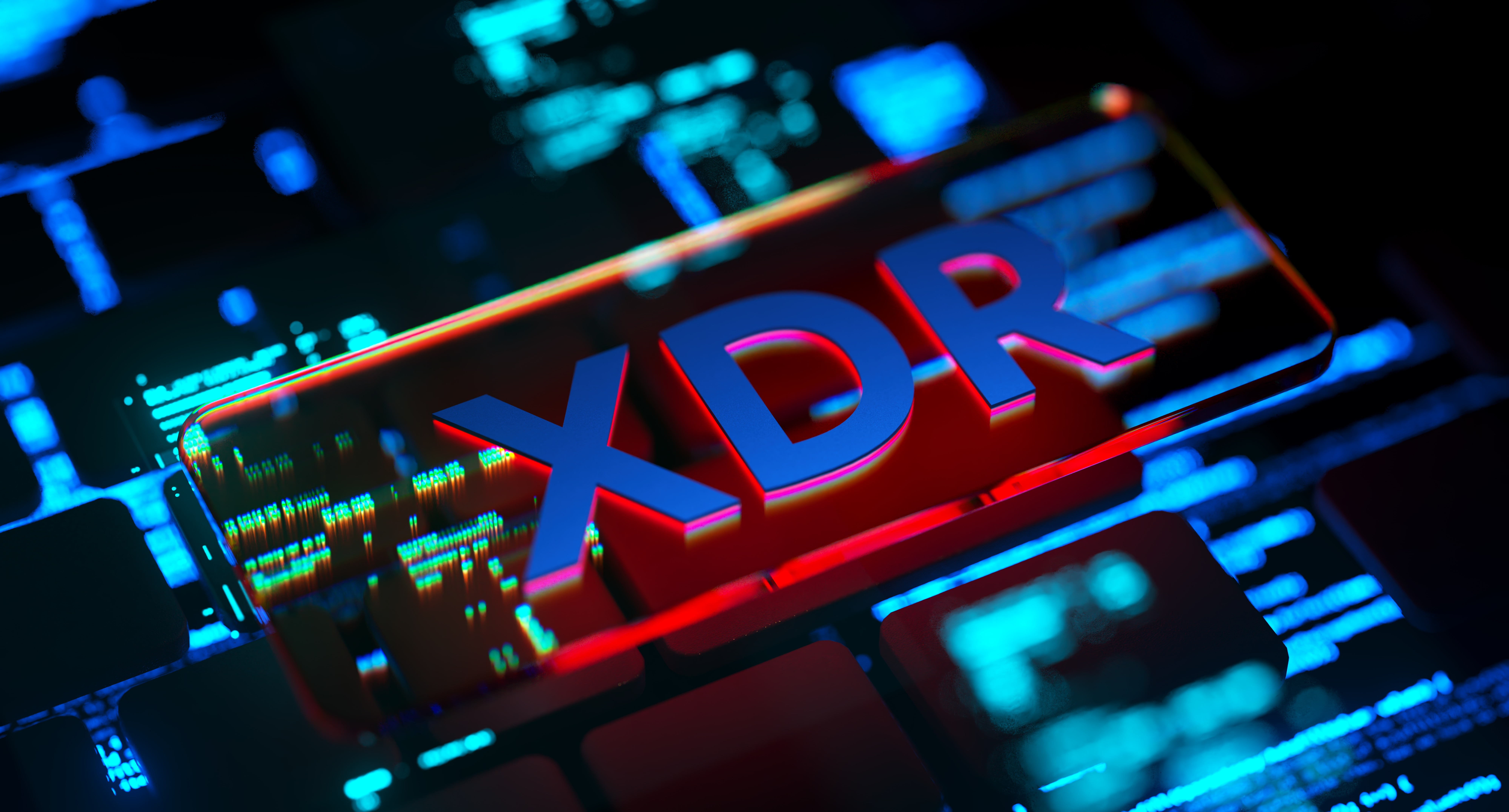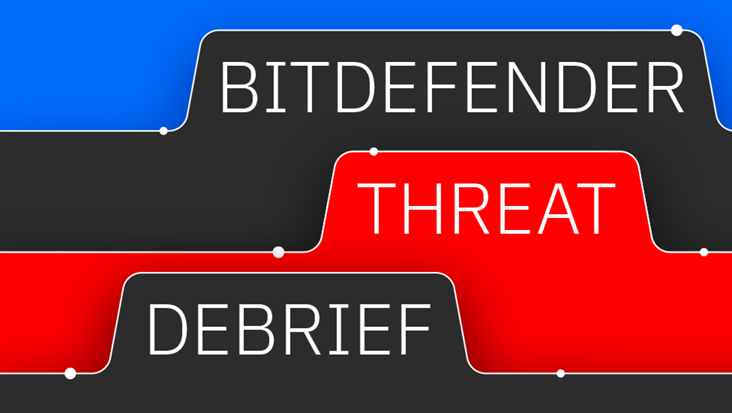Why Every Organization Should Implement Extended Detection and Response (XDR)

Extended Detection and Response (XDR) solutions have radically changed the cybersecurity industry over the last several years. No longer able to breach under-secured endpoints and spread unchecked throughout the network, today’s advanced threats have been effectively neutered by the early detection and response enabled by XDR solutions. These threats still exist, of course, but XDR gives security teams the ability to prevent the attack from fully realizing its malicious intent.
Despite its game-changing nature, XDR solutions have not become ubiquitous across the industry, namely because of a misconception that they are labor intensive and only needed by large enterprises. However, the rise of supply chain attacks has made smaller organizations tempting soft targets for malicious actors trying to infiltrate enterprise networks.
Any organization that does business with suppliers, service providers or other partners should consider itself at risk of today’s sophisticated attacks and should leverage the best tools available to protect themselves and their partners from attackers. Finding the right XDR solution – one that simplifies security operations across an expanding threat surface through visibility and automation – is paramount.
The Importance of XDR
It’s clear that the days of simply deploying a firewall and antivirus capabilities aren’t enough anymore. Expanding threat surfaces caused by digital transformation and hybrid workforces have made it nearly impossible to stop all threats from breaching the network. As a result, cybersecurity teams are recalibrating their security strategies to focus more on early detection of threats already inside the network and the ability to mitigate the impact of threats before they can deploy their payload.
XDR solutions enable this proactive strategy, giving security teams visibility into the security status of digital assets, intelligence into emerging threats and the ability to efficiently muster a response when attacks occur. XDR does this by consolidating monitoring information and insights in a single dashboard, automating an appropriate response and providing recommendations into how vulnerabilities can be fixed.
Debunking Common XDR Myths
Unfortunately, many organizations have been reluctant to embrace everything XDR has to offer due to two misconceptions:
Myth #1: XDR is an Enterprise-Only Solution
The first myth assumes that attackers aren’t interested in breaching smaller companies and are only targeting large targets that could lead to a big payoff. This couldn’t be further from the truth. Today’s threats are incredibly intelligent and use a variety of tactics to reach their intended target. They are not above targeting suppliers, service providers, Software as a Service (SaaS) platforms or other partners to eventually make their way to their intended target. In 2021, malicious actors were able to breach thousands of organizations through a popular systems management tool used by managed service providers. This supply chain attack exploited a single vulnerability in a piece of software and spread to thousands of organizations around the world.
Don’t be that weak link. Partnerships are built on trust, and if an important partner determines you are a security risk, they may decide that the risk outweighs the benefits. You may even be required to prove cyber resilience to do business with these companies. Just as maintaining compliance or a technical certification is a cost of doing business, implementing XDR in your organization could lead to opportunities and enable business growth.
Myth #2: XDR Adds Operational Overhead
We all know that complexity is the enemy of security. Integrations, API management, configuration, patching, updating, etc. – it all requires constant hands-on maintenance to keep running smoothly. That’s just the nature of security today – expanding threat surfaces require new security tools. Already taxed by a growing security stack, security teams with limited resources feel they can’t take on the additional configuration required to implement a holistic XDR strategy across the organization.
However, the perception that XDR contributes to this sprawl is only partly true. Yes, XDR is yet another tool that needs to be managed, but the whole point of XDR is to simplify security management and monitoring. Alerts, alarms and event feeds are consolidated on a single dashboard, and built-in automations streamline workflows, create efficiencies and reduce manual labor. Some XDR solutions do these things better than others, of course, so it’s imperative that you implement the right solution for your organization.
What to Look for in an XDR Solution
Unless you’re a mom and pop and operate in a completely closed off silo, every organization would benefit from implementing an XDR solution. But choosing the right solution can mean the difference between maintaining good cyber resilience and being a security risk to yourself and everyone you do business with. XDR can even help close the security skills gap, allowing people with general IT knowledge to provide high-level cybersecurity services to the organization without having to hire, train or upskill the appropriate expertise.
Here are three capabilities to look for when choosing an XDR solution for your organization:
1. Advanced Threat Detection
Today’s threats use a variety of evasive and adaptive tactics to get around traditional security tools. Advanced threat detection (often powered by artificial intelligence and machine learning) knows what behaviors to look for based on real-time threat intelligence and known vulnerabilities. Understanding the difference between a remote worker logging into the network from an abnormal location and an unauthorized network connection is the type of intelligence that hardens your defense while reducing false positives and unnecessary workflows. Make sure your XDR has advanced threat detection capabilities that can identify these sophisticated threats without impacting business operations.
2. Automated Response
Automation is the key to streamlining security workflows and creating operational efficiencies. The right XDR solution should have the ability to trigger automated responses to critical events – whether it’s disabling a compromised user account or isolating an unknown machine from the network. The ability to act fast – independently or with a human in the loop – allows organizations to stop attackers early in the attack chain before they deliver their payload and mitigate their impact on business operations.
3. Central Visibility and Insights
Finally, it’s important that your XDR solution provides you with a central, holistic view of your entire IT environment from a single dashboard. You need to know the systems, data, users and connection across your network, where you are vulnerable and how threats could move from system to system. In an era when seconds matter, toggling back and forth between consoles can be labor intensive and lead to a slow response. The right XDR solution goes beyond centralized visibility by identifying trends and correlating disparate events to create valuable insights across vectors and monitoring tools. Today’s threats are sophisticated enough to spread across systems – starting in the cloud, for example, before spreading to on-premises infrastructure. The right XDR solution can identify seemingly unrelated events to put together a complete attack chain that provides responders with the context they need to muster an appropriate response – and it needs to do this quickly, in near real time, rather than after the fact when attackers have already moved on and delivered their payload.
XDR is the Right Business Decision for Any Organization
The right XDR solution may be expensive or add operational overhead but it’s worth it given the benefits it brings. Advanced threat detection, automated responses and central visibility and insights help organizations of all sizes stop threats from spreading inside the network before they can deliver their final payload. The right XDR solution can create efficiencies, allow you to do more with less, harden your security posture and make you a more enticing business partner up and down the supply chain. In many cases, XDR enables someone with general IT training to provide high-level security services across the organization – saving you time and resources while driving revenue.
An XDR solution that provides simplicity to incident response by ingeniously implementing machine learning and AI – such as that found in GravityZone XDR – can enable someone with general IT training to provide high-level security services across the organization.
tags
Author
Bitdefender is a cybersecurity leader delivering best-in-class threat prevention, detection, and response solutions worldwide. Guardian over millions of consumer, enterprise, and government environments, Bitdefender is one of the industry’s most trusted experts for eliminating threats, protecting privacy, digital identity and data, and enabling cyber resilience. With deep investments in research and development, Bitdefender Labs discovers hundreds of new threats each minute and validates billions of threat queries daily. The company has pioneered breakthrough innovations in antimalware, IoT security, behavioral analytics, and artificial intelligence and its technology is licensed by more than 180 of the world’s most recognized technology brands. Founded in 2001, Bitdefender has customers in 170+ countries with offices around the world.
View all postsRight now Top posts
FOLLOW US ON SOCIAL MEDIA
SUBSCRIBE TO OUR NEWSLETTER
Don’t miss out on exclusive content and exciting announcements!
You might also like
Bookmarks











